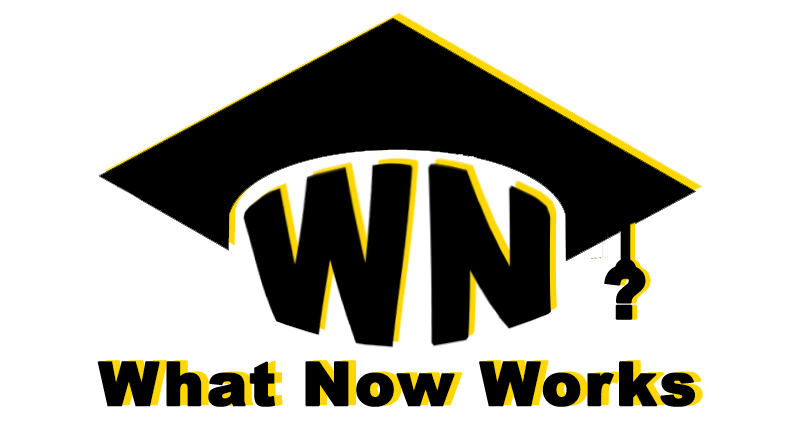Picture this scenario, you just landed a big client for your business that will bring in a 6 figure deal. You have a team of 5 but now with this new client, you have the ability to grow. What Now?
You hire more people! That's the obvious answer because now you need more hands to handle your client's needs. You want to bring in the right people for the job as soon as possible to keep your client happy and the money flowing. At this point, a few questions should pop into your head such as where should I post this job, what's the salary range for this job, do I use a recruiter, or how do I make sure I find the perfect fit?
You're on the right track but let’s take a step back and let's begin with the single most important document in talent acquisition, the job description. Now the same way you as an employer want prospective candidates to have a resume that is short, sweet, and to the point, we're going to show you how to take that same approach. when communicating exactly what you need in your new hire. Here are some easy to apply practices we put into play with our clients when building job descriptions:
Job Titles
Not the time to get creative with titles such as Software Ninjaneer, Content Hero, or Digital Prophet. When candidates are searching for jobs they're using key phrases that describe the role. Find some similar job titles that work for the role you are trying to fill.
The only creative name that we accept and fully stand behind by is Chief Heart Officer. We had a chance to meet Claude Silver and she definitely leads with her heart.
Summary
Don’t use the typical "this is what we do" spiel, but be sure to add what makes your company unique and why someone should work there. According to a survey from Indeed, 72% of job seekers say it's important to see details about the company culture".
Responsibilities
Now to the meat of the document. It's a great practice to start with the essential responsibilities of the position first but be concise. You do not want a jack of all trades or better known as a master of none. You want to bring in someone who can come in and execute specific tasks that bring value to your business.
Make sure you also include what the day-to-day tasks will be. For example, think about if the new hire will need to work across teams, will they be customer-facing, what data will they be collecting, and etc…
Make it known how this specific role fits into the bigger picture. You want your new hire to know how their specific tasks contribute to the value of your product or service.
Qualifications
It's common practice to think about what are the "must-haves" and the "nice to have" skills a candidate would need to be successful in this role. Are you looking for someone with a specific amount of years of experience, do they need to be familiar with certain tools, and what kind of technical skills should be listed in this section.
For the education requirement, we share with our clients that adding this requirement may damage your pipeline. Today’s talent gets more untraditional by the day. You have those who are self-taught, changing careers, or possibly dropped out of college. We only suggest adding an educational requirement if it is extremely necessary to the role.
Salary & Benefits
INCLUDE THE SALARY & BENEFITS OF WORKING FOR YOUR COMPANY. This is a huge saver on time when you add this information. You will attract those who are okay with what you are offering and eliminate those unnecessary conversations with candidates that you can’t afford. Compensation is the most important thing for job seekers.
We've completed dozens of job analyses' with companies to properly communicate responsibilities, requirements, and benefits in job descriptions. If you and your team follow these easy to apply steps, you're destined to bring on your next new hire for that 5 figure contract! As always if you need some extra help with your talent acquisition needs, our team is always here to assist you. Take 5 minutes to fill out this form so we can customize an approach for you.

